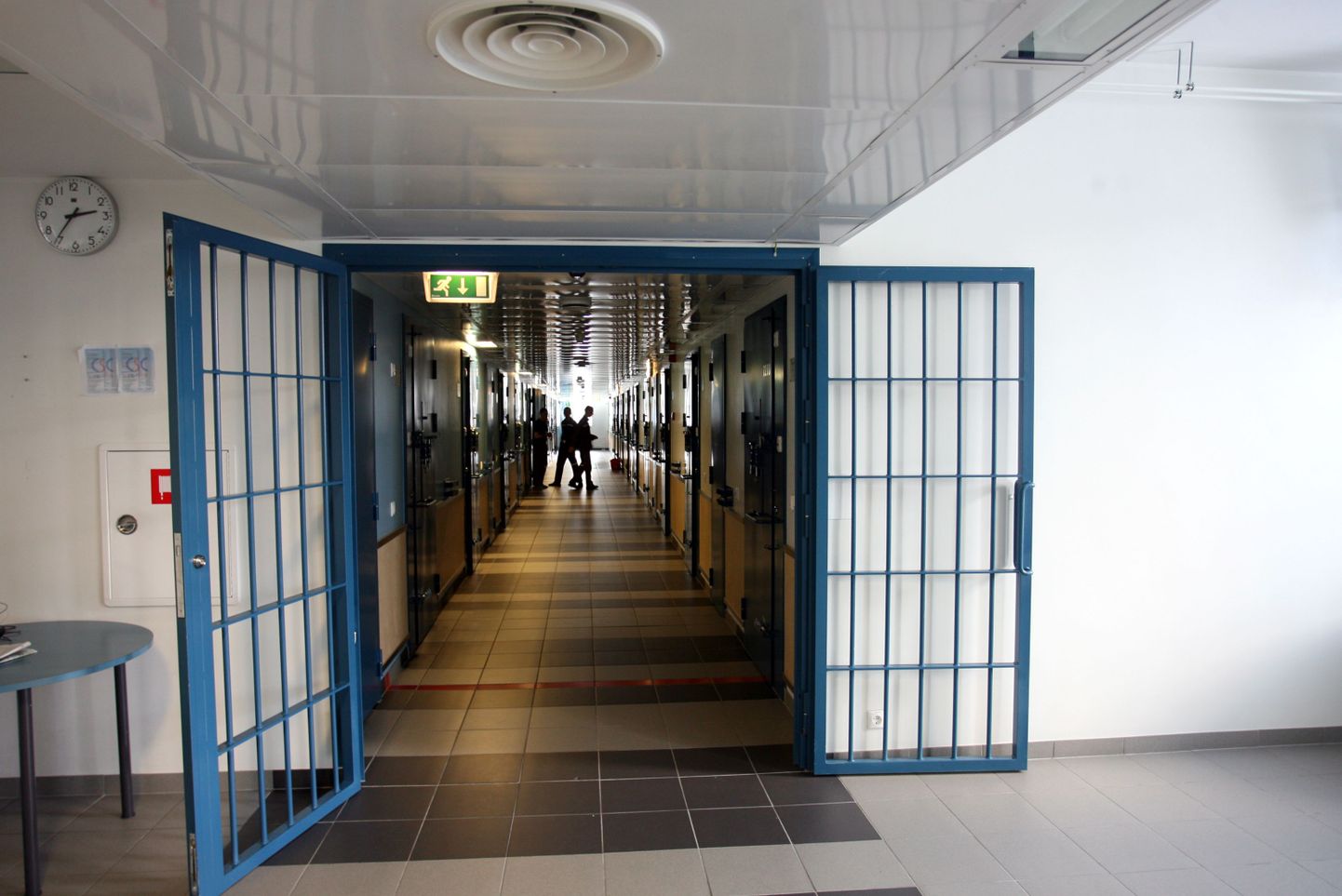«Simply put: more effort is exerted with people who, judging by their past and work done till today, may be deemed more dangerous and with whom repeated crimes are more likely,» she said regarding how the money is used.
Comparing consumer price indexes, as characterising cost of living, it was 67.61 in Estonia and 101.95 in Finland – 1.51 times higher in Finland. Considering this, Finland is investing about twice the amount of Estonia into its prisons system.
Continuing the comparison, Finland differs with the remarkably large amount of prisons. While Estonia totals four prisons, Finland finances 16 for an equal amount of inmates. Thus, Finnish prisons have more room per inmate – which equals higher costs for labour and real estate maintenance.
«Truly, an important difference is that the Finns have erected lots of small prisons where the inmates/officials ratio totally differs from ours,» confirmed Ms Tuulik.
Though Estonia could not afford such a system of small prisons, said Ms Tuulik, our system is equally effective and simply works differently.
«The Estonian way is that a large prison wall includes smaller prisons or units,» said Ms Tuulik. «As an inmate arrives, he will be placed in a definite unit where, as a rule, he spends his total time in jail. Thus, these same officials constantly deal with the person, and get to know him more thoroughly.» Ms Tuulik said this is an effective way to plan the inmate’s punishment time and quickly react to his infringements.

